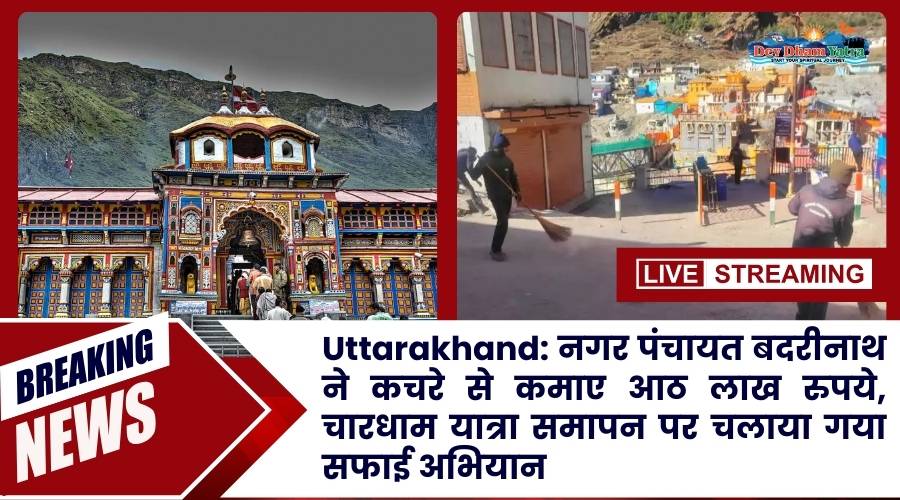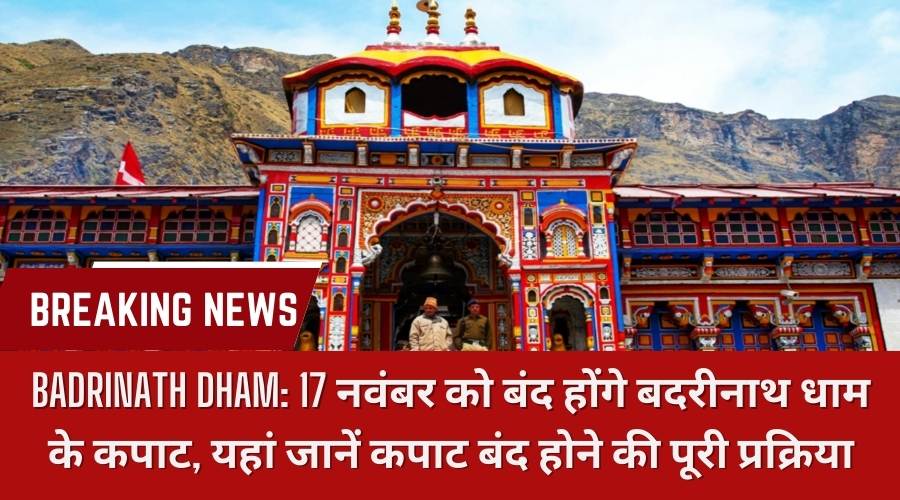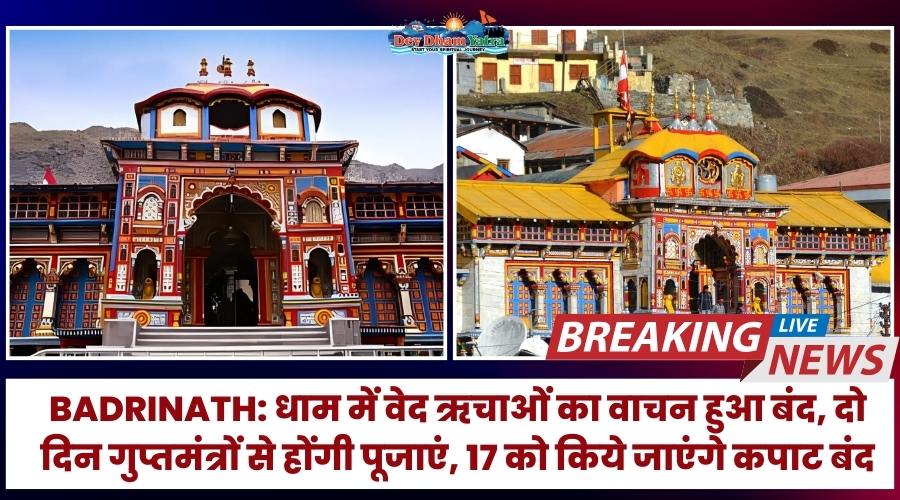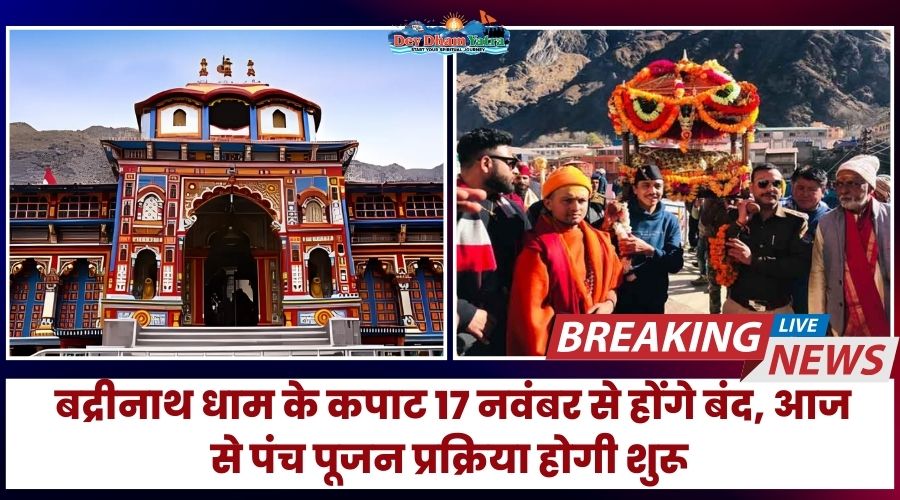Learn here about Jayanti Devi Temple in Punjab: history, information, its formation, significance, timings, architecture, nearby places, and FAQ.
Jayanti Devi Temple in Punjab
Jayanti Devi is named after Jayanti, the goddess of victory. The Pandavas constructed a temple in honor of Jayanti Devi, which eventually led to the development of the town of Jayantipuri.
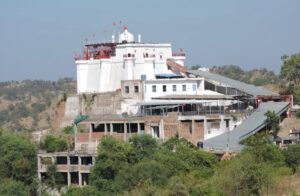
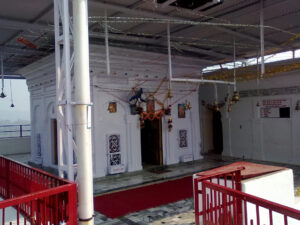
Formation of Chandigarh
When they planned the new Chandigarh project, they decided to include Jayanti Majri village because it’s near Chandigarh’s edge. The Punjab Soil and Water Conservation Department built a small dam called Jayanti Dam in that area, which creates a reservoir to collect rainwater. This water is then used to irrigate fields for farming. The place has the potential to become a lovely tourist destination with religious significance, and people visiting Chandigarh can be encouraged to visit the temple there.
Significance
She is regarded as one of the seven sisters, a group of seven goddesses venerated in the Kangra valley: Naina Devi, Jawalamukhi, Chintpurni, Mata Mansa Devi, Brajeshwari, Chamunda Devi, and Jayanti Devi. The residents of Jayanti Majri village express profound reverence for Mata Jayanti Devi by constructing their houses with only one floor. There’s an old well near the temple that provides fresh water all year. Jayanti Devi is known as a kind and caring goddess who listens to the prayers of her followers.
Information: Jayanti Devi Temple, Punjab
Location:
The Jayanti Devi Temple is situated on a hillock in Jayanti Majri village, located 15 km away from Chandigarh, in the Mohali district of Punjab.
Weather Information:
The highest temperatures are experienced from April to June, reaching around 38°C during the day and 28°C during the night.
On average, May records temperatures of approximately 40°C during the day and 32°C during the night.
The lowest temperatures occur from December to February, with daytime temperatures around 20°C and nighttime temperatures dropping to 8°C.
The monsoon season lasts from July to September.
The ideal time to visit the temple is during the summer season. The recommended months are May to July and September to October.
Dress Code:
For men, the appropriate dress code consists of a shirt and trousers or pajamas with an upper garment.
For women, the preferred attire is a saree or half-saree with a blouse or churidar with pajamas and an upper garment.
Shorts, mini-skirts, middies, sleeveless tops, low-waist jeans, and short-length T-shirts are not allowed.
History of Jayanti Devi Temple Oral tradition
The temple of Mata Jayanti Devi has a history of around 550 years, dating back to the Lodi dynasty. Its origin can be traced back to a small estate named Hathnaur, situated to the north of the current location of Chandigarh. The estate’s king had 22 brothers, and one of them married the daughter of the King of Kangra. She was a devoted worshiper of Mata Jayanti Devi, the mother goddess of her clan, and sought the goddess’s guidance when her marriage was fixed.
During the wedding procession, a miracle occurred when the bride’s doli (palanquin) became extremely heavy and couldn’t be moved. Understanding the divine desire, a separate doli was arranged to carry the goddess along with the bride to her new home. They established the temple on a hillock in the Hathnaur estate, and for 200 years, the girl’s descendants continued to worship the deity.
Later, a robber named Garibu or Garibdas gained influence in the region, including Mullanpur (now in Ropar). Despite his actions, Garibu was a friend to the poor and a devoted worshiper of Mata. He renovated and expanded the temple premises to their present state during his reign.
Entry and timings:
The temple is open to people from all walks of life and does not charge any entry fee. The visiting hours for the temple are as follows:
05:00 AM–09:00 PM
The Architecture of Jayanti Devi Temple, Punjab:
The temple is situated on a hillock and resembles a fort in its structure. An archway leads to around 380 stairs, taking you up to the temple building. As you ascend, you’ll come across two langar halls managed by the temple’s committees. Near the temple, there are shops on both sides of the stairs where you can get prasad (consecrated food) and small gifts. The shrine of Goddess Jayanti is located at the center of the platform on top, with the main entrance facing southwest. On the right side of the shrine, you’ll find rooms for the priest’s residence.
The Jayanti Devi temple is built on a high platform, about 6.10 meters tall, supported by four strong octagonal bastions at the corners, each measuring 3 meters across. On the southwest and southeast sides of the platform, there are oval-shaped bastions. In the center of the platform, there’s a shrine that is approximately 9 by 9 feet in size. The shrine is a small cubical chamber with two doors in the shape of cusped arches. One door is on the northwest side, and the other is on the southwest side. The inside walls of the northeast and southeast also have similar decorative doors.
The main entrance to the shrine is through the southwest door. Inside, in front of the entrance against the back wall, there is a niche where the iconic and aniconic forms of the goddess are enshrined. In front of the idol of the goddess, there are three aniconic forms (pindees) placed. The goddess’s idol is made of white marble, beautifully draped in red cloth, and adorned with gold ornaments and a crown (mukut). The three pindees are adorned with necklaces and tall markets. Silver and gold chhatris are suspended above the idols.
The niche is faced with white marble, and the jamb of the niche is clad in ceramic tiles with various images printed on them, depicting Saibaba, Ganpati, Shiva and Parvati, Hanuman, Kali, and Durga. The floor of the shrine is covered in white marble, while the walls and ceiling are faced with off-white ceramic tiles. There is enough space around the shrine for people to walk in a circle as part of their religious practice (pradakshina).
How to Reach Jayanti Devi Temple
Jind is located 125 kilometers away from Delhi, and there are more than ten direct trains from Delhi to Jind.
Additionally, several buses also travel from Delhi to Jind. This makes traveling to Jind very easy. One of the most popular tourist spots in Jind is the Jayanti Devi Temple.
Nearby Transportations:
Ferozpur Bus station: 10.1 km
Chandigarh Railway Station, 16.5 km
Chandigarh International Airport, 31.9 km
Nearby Places:
Thunderzone Amusement Park
Sanghol Archaeological Museum
Bahadurgarh Fort
Banks near Jayanti Devi
Axis Bank, Parach
Bank of Baroda, Mulllanpur
Hdfc bank, Saini Majra
Frequently Asked Questions (FAQs):
Q: What is Jayanti Devi Temple famous for?
A: Tradition assigns the settlement of the town to the Mahabharata period. According to the legend, the Pandavas built here a temple in honor of Jainti Devi(the goddess of victory) and offered prayers for success in their battle against the Kauravas.
Q: Who is Maa Jayanti?
A: Jayanti (Sanskrit: जयन्ती, romanized: Jayantī, lit. ‘Victory’) is a character in Hindu mythology. She is the daughter of Indra, the king of the devas the ruler of Svarga, and his consort, Shachi. Jayanti is described as the wife of Shukra, the god of the planet Venus and the guru of the asuras.
Q: Are photographs and videographs permitted in the temple?
A: You are invited to capture the beauty and spiritual essence of the temple with your camera or video recorder. However, kindly ensure that you obtain prior permission from the temple authorities before proceeding with any photography or recording.
Q: Can I buy devotional items or books from the temple?
A: Yes, Welcome to our temple shops, where you’ll discover a treasure trove of devotional items, books, and enchanting spiritual merchandise. Embrace the joy of giving by making donations or becoming a sponsor to support the temple’s sacred services.





